Safe and Clean on Hokkaido
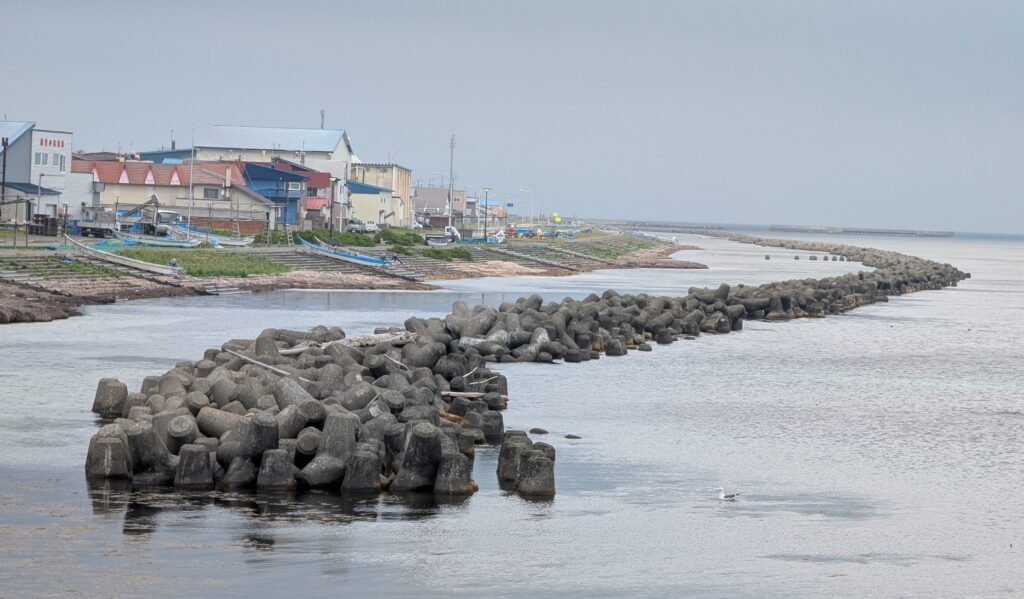
When I was in elementary school I had a teacher who would often remind us how much harder Japanese students worked compared to us. We even watched a video in class one day which followed some Japanese students through their long schoolday, after school classes, and late night study sessions.
In my own educational journey, by comparison, all I did that day was… watch a video. The Japanese kids clearly won that round.
As an adult I often heard about how clean and safe it is in Japan, and I thought to myself: Come on, really? Old teachers pet Japan, again? How clean and safe could it be?
What better place to challenge these claims, than here in Japan.
The first thing I detectivated was that Japan has no public waste bins. If you search a large mall you might find a single bin with an opening large enough to accept a tightly folded gum wrapper. Out on the streets waste bins are non existent.
I guess the Japanese kids failed to study the fundamental principles of civic waste disposal! Check mate Japanese kids, I hope you enjoy living in litter city!
Despite abundant plastic packaging around every purchase (even bananas!), we observed almost no litter in Japan. It is indeed very clean. The Japanese have come up with a unique solution to the problem of litter: Every single person in the entire country has simply agreed not to.
Every. Single. Person. Criminals, delinquents, equestrians, vegetarians…. When people generate garbage they put it into their pockets to take home and dispose of later (even banana peels!).
Side note: Bananas are the only affordable fruit in Japan, presumably because nobody wants to walk around with a pocket full of slimy peel.
Side side note: Equestrians don’t have pockets. In Japan an equestrian must eat the whole banana, peel and all.
I will grudgingly award those Japanese kids another point for civic cleanliness.
You may wonder how all this cleanliness impact life on Mandolyn? It makes it quite challenging for us to dispose of garbage. Without public bins, we have to use the municipal waste collection systems.
Navigating the complexities of the Japanese municipal waste sorting and collection systems is not for the timid. Every community has its own sorting rules and complex collection schedule. In one community the instruction document was 32 pages long!
Ok, so Japan is clean, but what about ‘safe’? Surely this draconian recycling regime is driving the locals to lash out through criminally activity?
No, exactly the opposite. Nobody commits crimes in Japan, because, how could you ever dispose of any evidence?
Picture yourself, beaming with pride, having just completed your first criminal enterprise Japanese. You now have a bag full of evidence to dispose of, no big deal. You can’t just dump it in the woods though, because we’ve already established that littering is not cool. So you transfer your evidence to the mandatory community issued trash bags, which are clear plastic.
Maybe you feel a twinge of annoyance that all trash bags in Japan are transparent (because what are you trying to hide!?), but you get on with it.
You drop your clear bags of incrimination into the wire community bin near your house, which is also transparent. Obviously, you do this under the cover of darkness, but uh oh, who’s this coming down the street towards you?
It’s a group of Japanese school kids, on their way home from a late night study session.
They’re looking at your transparent community issued bags. They remain silent as Japanese kids tend to be polite, but you know what they’re thinking. They’re thinking you can’t put those blood spattered ski masks in with the organics on Wednesdays. Those go in burnables on Thursday. And that unlicensed veterinary equipment can’t go in with the tins you Gaijin moron, that’ll require an extra tag for the special items pickup on Sundays. Also, why have you been eating so many bags of wasabi peas? Also, they’re calling the police.
Crime foiled! Another win for the Japanese school kids!
We have indeed felt very safe here in Japan. You don’t even see minor things like graffiti or vandalism. We saw several abandoned schools, succumbing to entropy, yet with their walls untagged and their windows all unbroken.
Side note: That part about wasabi peas above was pure fantasy, as they don’t seem to sell wasabi peas in Japan. They sell pea based snacks, and gallons of wasabi, but inexplicably, never together.
Having established that Japan deserves its reputation as clean and safe, we spent our final weeks exploring the northern island of Hokkaido.
Hokkaido has a very distinct character compared to it’s southern neighbors. Main streets are wide for snow removal. Most of the roofs are simple metal, and the architecture tends towards utility.
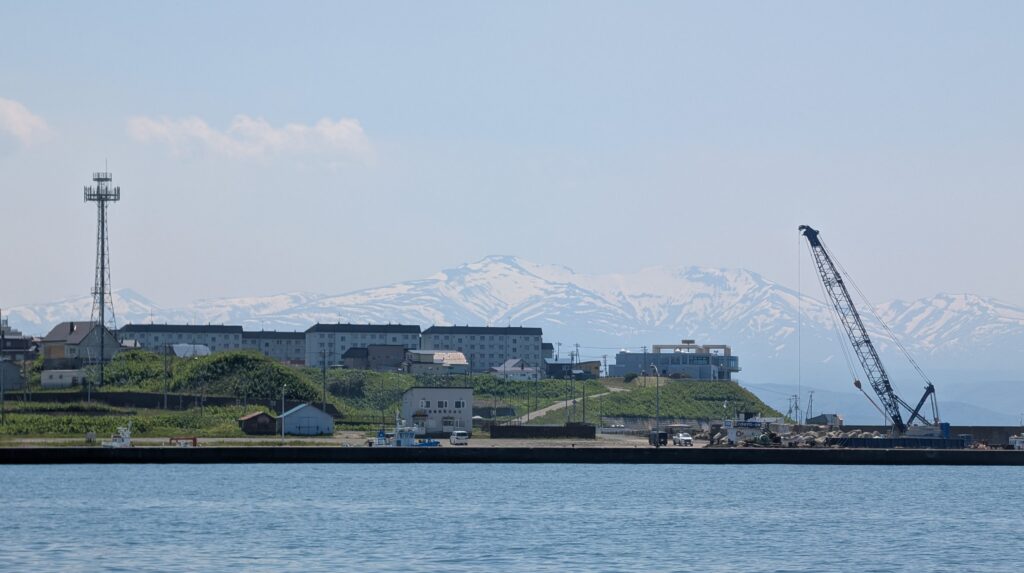

In the city of Wakkanai, our northernmost stop, you could spot deer and fox wandering through town. It felt a little frontierlike.
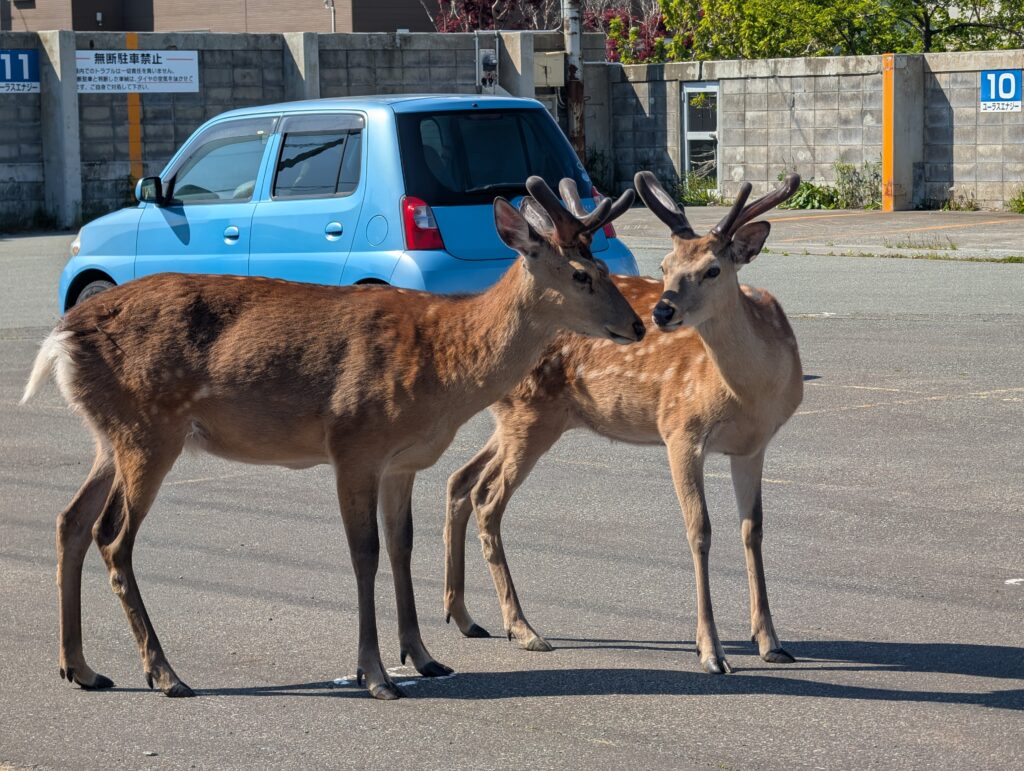
I’m usually ready to move on after spending a few months in a country, but I don’t feel that way this time. Those hardworking Japanese school kids have really made something special. I wish we had longer.
Next stop: Alaska!
A few photos…
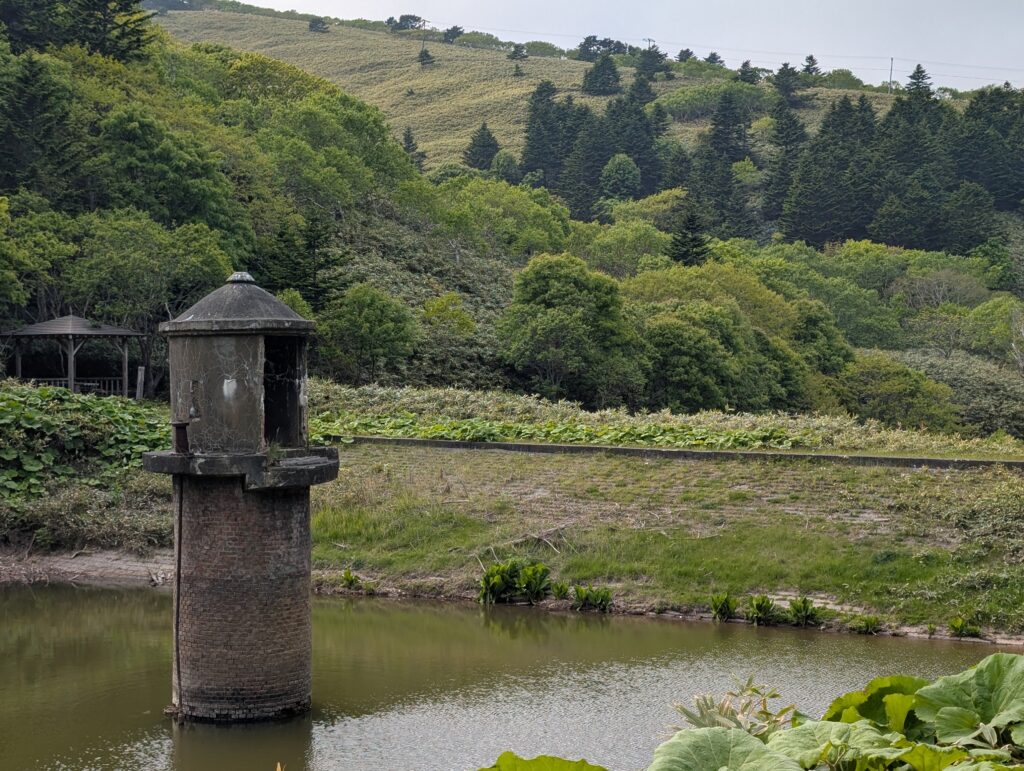
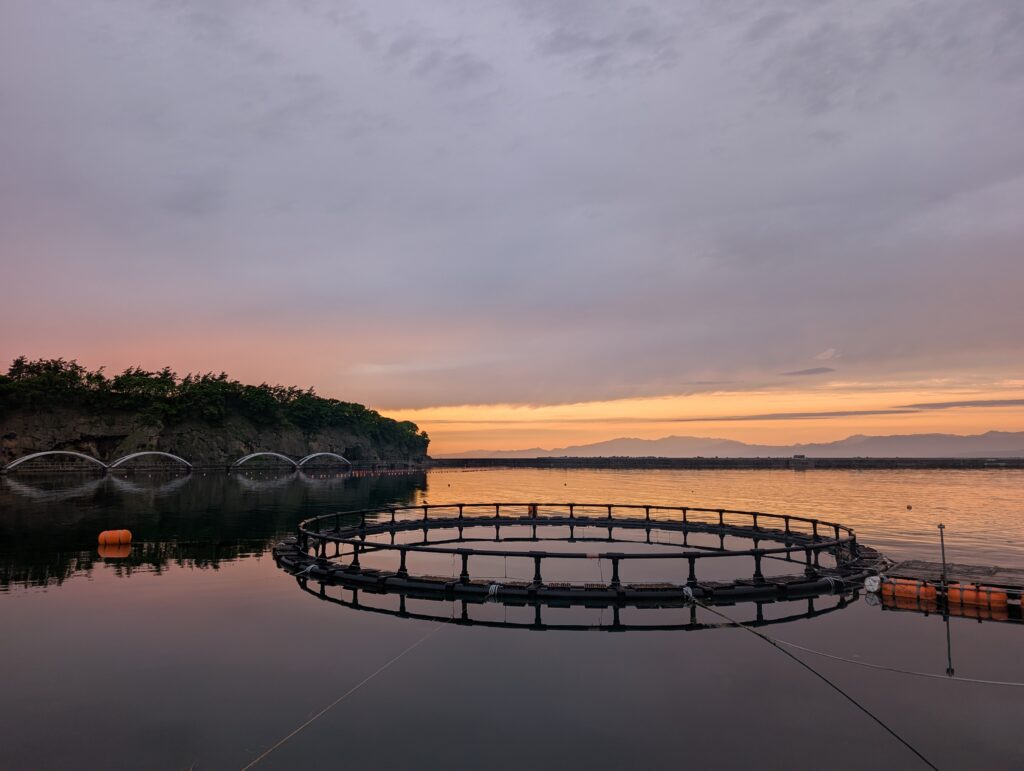
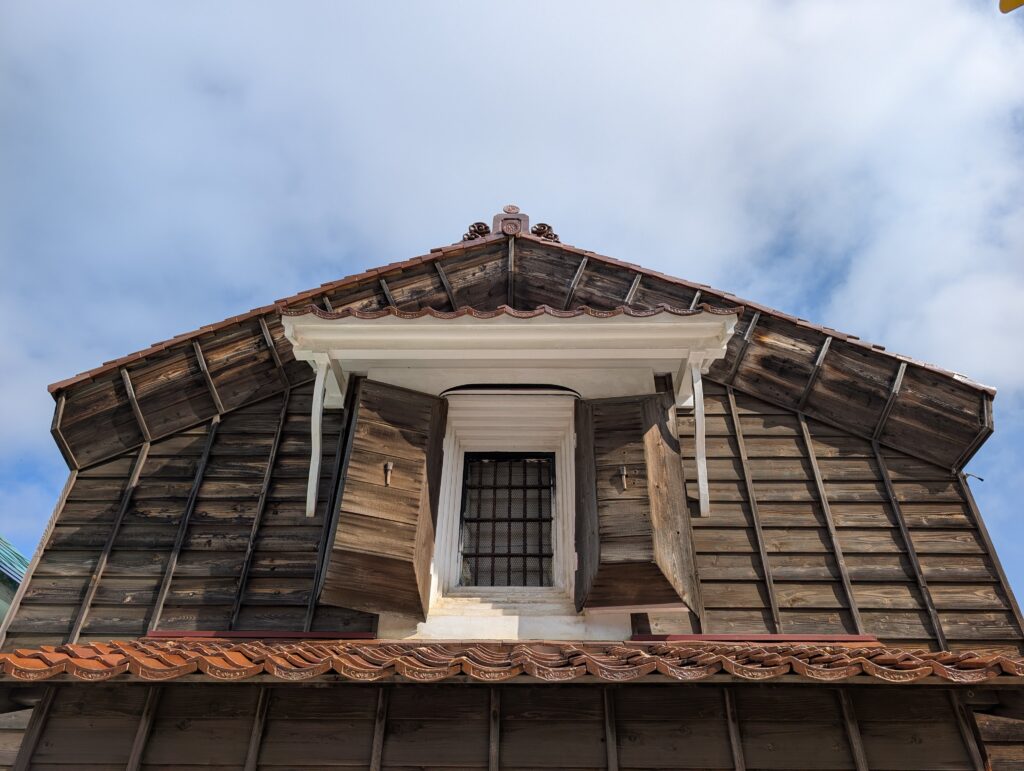
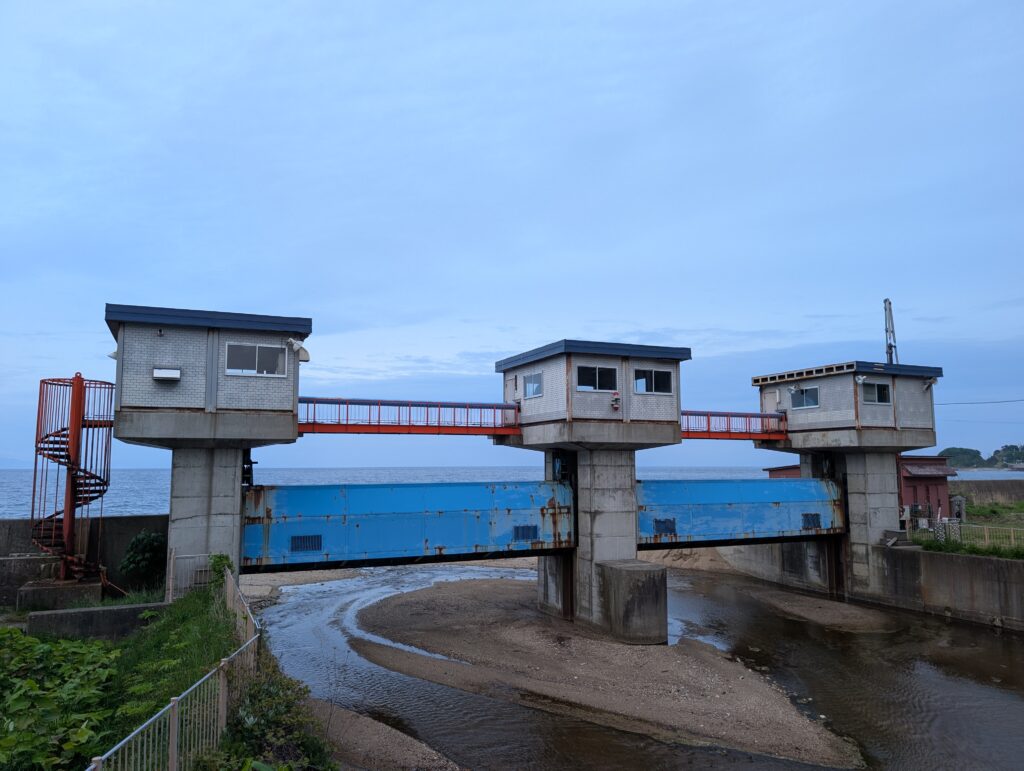
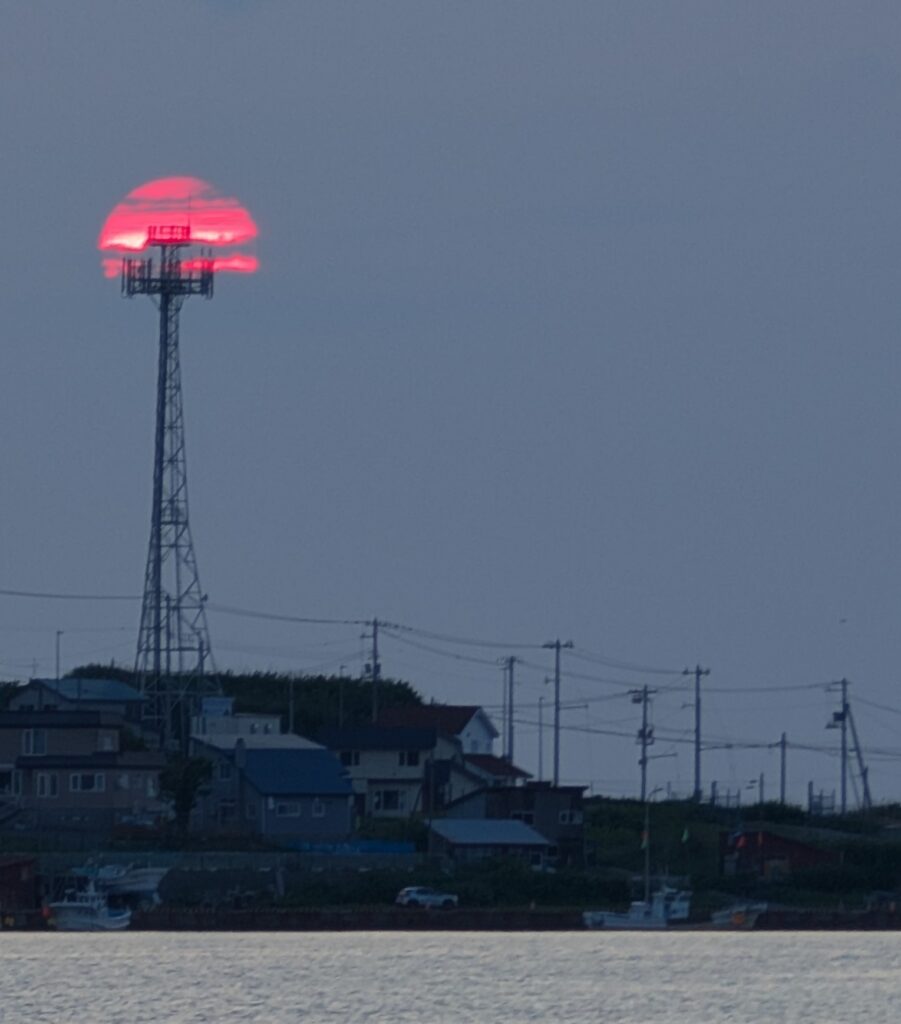
One thought on “Safe and Clean on Hokkaido”
I’ve been following your journey. What a wonderful thing to do with family. Safe travels
Comments are closed.